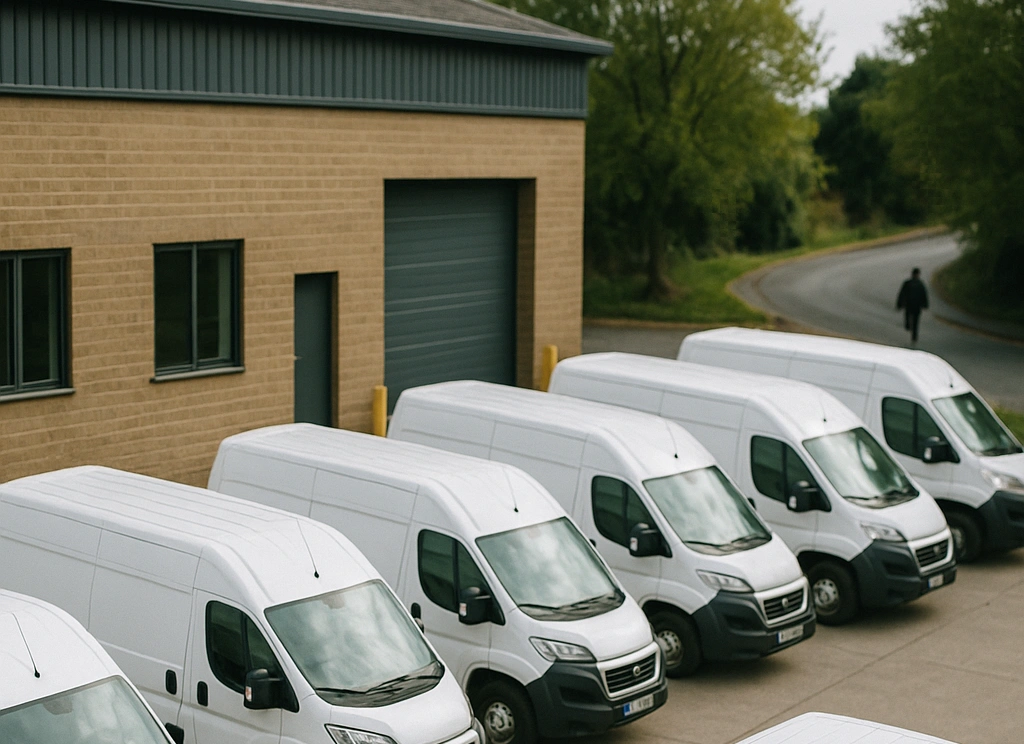20 July 2025

Summary
The countdown to 2035 is on. With the UK's phase-out of new petrol and diesel vehicle sales approaching, transitioning your commercial fleet to electric is no longer a question of if, but when and how. For forward-thinking businesses, this isn't a burden; it's a powerful opportunity to reduce running costs, meet sustainability goals, and build a resilient, future-proof operation. However, a successful fleet electrification strategy requires more than just buying electric vans. It demands a clear, staged plan that covers vehicles, charging infrastructure, and operational management. At waEV-charge, we partner with businesses to build these strategies. Here is our essential 5-step EV fleet transition plan to guide you through the process.
Before you buy a single vehicle, you need to understand your current fleet's operational reality. Don't assume you need to replace every vehicle like-for-like. Start by analysing:
This data-driven approach, recommended by experts like the Energy Saving Trust, helps you identify the easiest parts of your fleet to transition first, creating a foundation for a successful pilot program.
The sticker price of an EV can seem high, but it's only one part of the financial equation. The real metric for a business is Total Cost of Ownership (TCO). This includes:
When you calculate the TCO over a 3-5 year period, the business case for electrification becomes undeniable. Businesses can see significant operational savings that quickly offset the initial capital outlay.
This is the most critical step and the backbone of your EV fleet. Simply providing a plug for every van is inefficient and expensive. A strategic approach involves a mix of charging solutions:
The key is to use smart chargers. A smart charging system, like the solutions we provide at waEV-charge, allows you to manage how and when your entire fleet charges.
Plugging in 10 vans at 5 pm could overload your site's electrical capacity and result in huge energy bills. This is where fleet management software becomes essential. This software integrates with your smart chargers to:
According to the UK government's vision for transport decarbonisation, smart charging is fundamental to creating a flexible and low-cost energy system.
Don't try to switch your entire fleet overnight. Start with a small, manageable pilot program of 3-5 vehicles identified in Step 1. This allows you to:
A phased rollout minimises risk and ensures each stage of your EV fleet transition is a success.
Future-proofing your fleet is a strategic journey, but you don’t have to do it alone. At waEV-charge, we provide end-to-end fleet solutions, from site assessment and hardware installation to the intelligent software needed to manage your entire charging ecosystem efficiently.
Ready to build your EV fleet transition plan? Contact our fleet specialists today to discuss your business needs.
Learn more at https://www.waevcharge.co.uk/industry/ev-energy-fleet or get in touch for a consultation.
This article was written by the waEV-charge Team. waEV-charge specialises in installing and manufacturing EV chargers for both home and commercial use in the UK. If you're interested in electric car chargers, click here to discover more about our products.